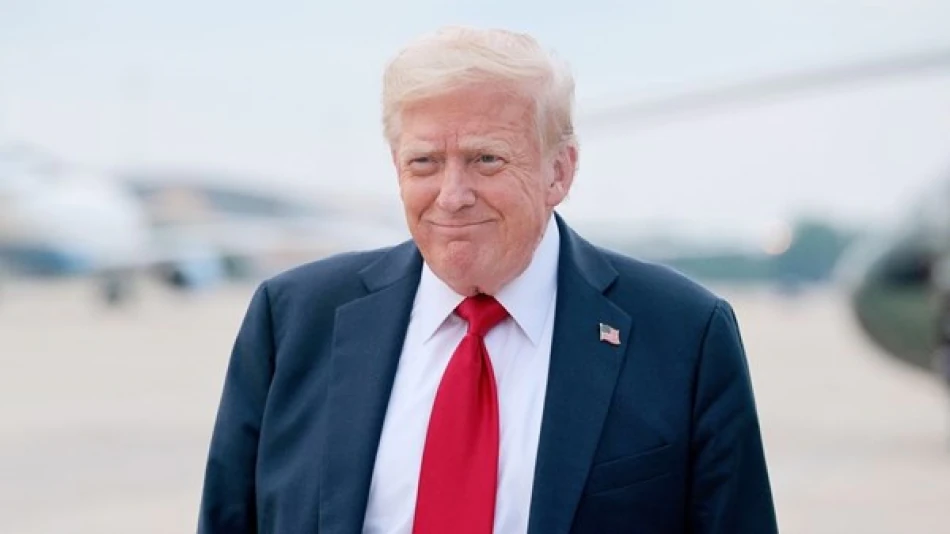
Trump Threatens New Tariffs on China, Escalating Trade Tensions
Trump Escalates Trade War: 25% Tariffs on India Signal Broader Economic Confrontation
President Donald Trump imposed sweeping 25% tariffs on Indian goods Wednesday while threatening similar measures against China, marking a significant escalation in his administration's aggressive trade policy that could reshape global commerce and supply chains. The move signals Trump's intent to weaponize tariffs as both economic leverage and political theater in his renewed presidency.
The New Tariff Reality
Trump's decision to slap India with 25% duties represents more than routine trade policy—it's a declaration that no major economy is immune from his tariff strategy. By targeting India, the world's most populous nation and a key US strategic partner in countering China's influence, Trump demonstrates his willingness to prioritize economic nationalism over traditional alliances.
The timing is particularly striking. India has positioned itself as a manufacturing alternative to China for Western companies seeking supply chain diversification. These tariffs could undermine that "China+1" strategy that many multinational corporations have pursued since the pandemic exposed over-reliance on Chinese production.
China in the Crosshairs
Trump's hint at expanded Chinese tariffs suggests the trade war that defined his first presidency is far from over. During his previous term, US-China trade tensions peaked with tariffs reaching 25% on hundreds of billions of dollars worth of goods, fundamentally altering global trade flows.
Economic Warfare Redux
If Trump follows through on additional China tariffs, American consumers and businesses could face renewed price pressures. His first-term China tariffs cost US importers an estimated $80 billion annually, according to Trade Partnership Worldwide estimates, with much of those costs passed to consumers.
However, the economic landscape has shifted since 2020. China's economy faces slower growth, property sector struggles, and demographic challenges that may make it more vulnerable to trade pressure than during the initial trade war.
Market and Investor Implications
These tariff announcements create immediate uncertainty for sectors dependent on Indian and Chinese imports—particularly textiles, pharmaceuticals, technology components, and consumer goods. Companies with significant exposure to these supply chains may face margin compression or costly restructuring.
For investors, Trump's tariff strategy presents both risks and opportunities. Domestic manufacturers in protected industries could benefit from reduced foreign competition, while import-dependent retailers and manufacturers may struggle with higher input costs.
Global Trade Realignment
Unlike his first presidency, Trump now operates in a world where other nations have developed counter-strategies. The European Union, for instance, has prepared retaliatory tariff lists, while Asian nations have deepened regional trade integration through agreements like the Regional Comprehensive Economic Partnership.
India's response will be crucial. As a democracy with growing economic clout, India has more options than it did during previous trade disputes. It could accelerate partnerships with Europe, deepen ties with Southeast Asian nations, or leverage its position in BRICS to build anti-tariff coalitions.
The Broader Economic Gamble
Trump's tariff strategy reflects a fundamental bet that short-term economic disruption will yield long-term strategic advantages for American industry. This approach contrasts sharply with the multilateral trade liberalization that dominated global policy for decades.
The success of this gamble depends largely on whether American businesses can quickly scale domestic production or find alternative suppliers in non-targeted countries. Historical precedent suggests this transition is neither swift nor painless, potentially creating inflationary pressures that could complicate Federal Reserve monetary policy.
Most Viewed News

 Layla Al Mansoori
Layla Al Mansoori






